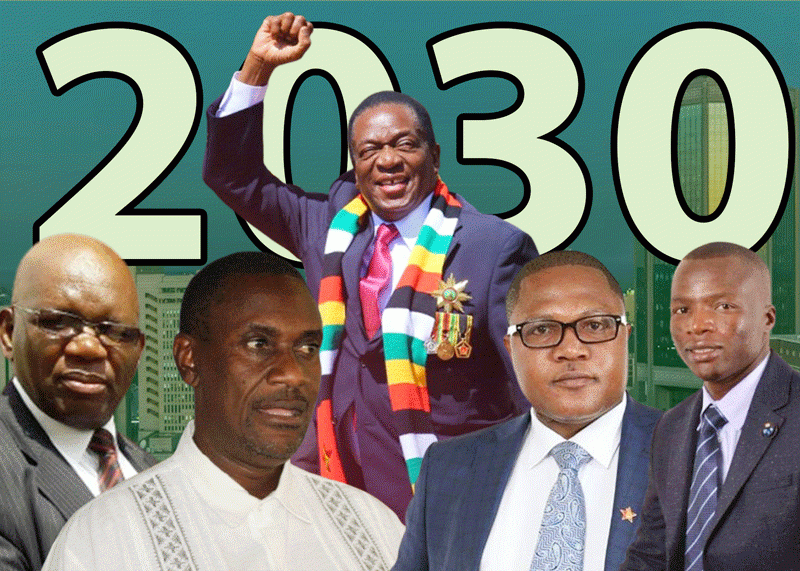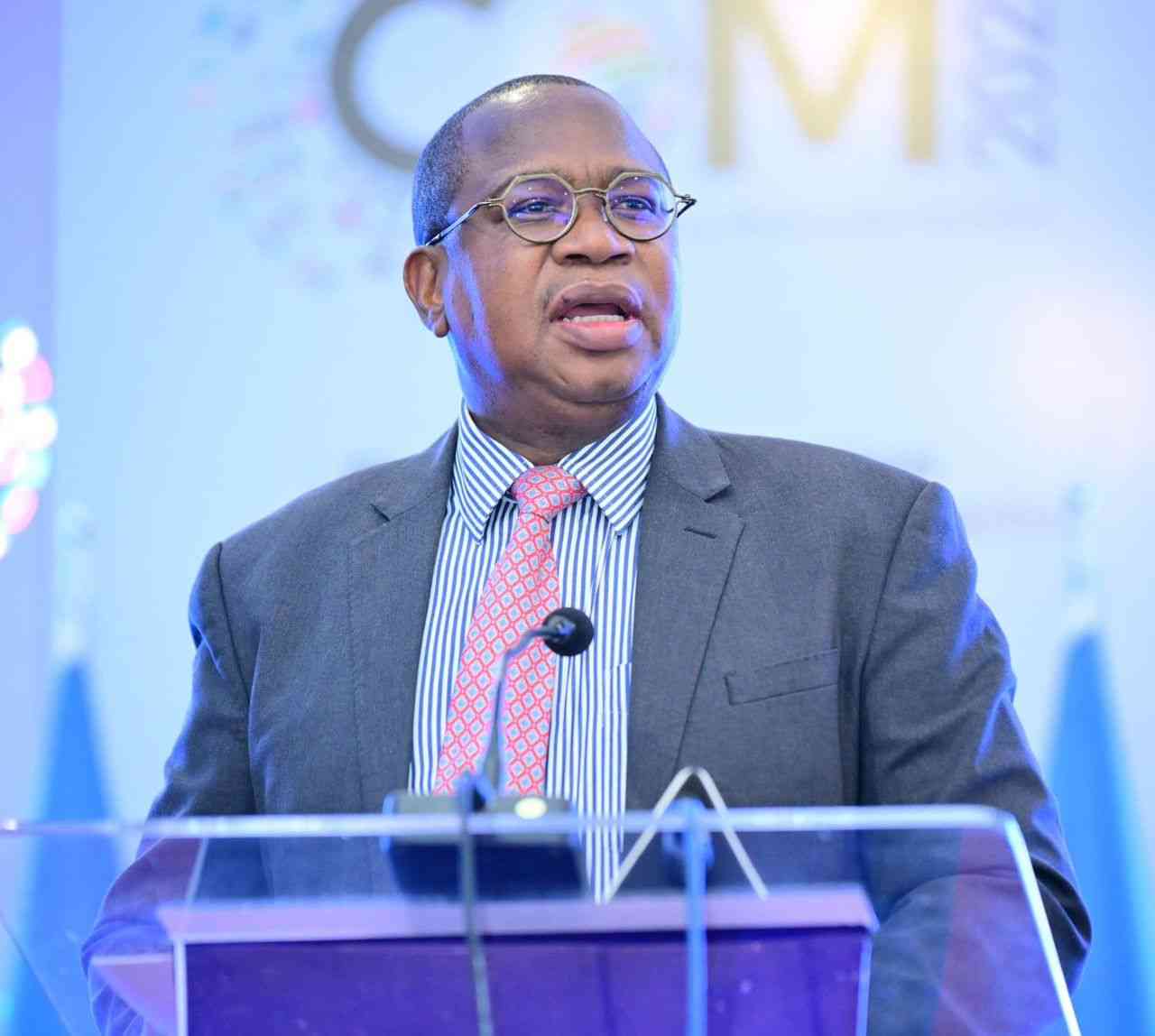Zimbabwe implemented the “pure” Dutch Auction system on the Foreign Exchange Auction System in the previous week, which saw the auction market exchange rate plunge by -26% on Tuesday, the 23 rd of May, 2023. This also marked a -46% month-to-date depreciation and a -64% year-to-date depreciation of the ZWL against the US$. However, the Dutch system was implemented with the intention to narrow-down the premium between the formal currency market and the parallel market, according to the RBZ governor, Dr John Mangudya.
The Dutch auction system is a market-based mechanism that allows buyers to bid on the exchange rate, with the rate gradually appreciating until the allocation reaches its cap, which is US$15 million per week. Unlike the common auction where the exchange rate starts at a lower rate and increase with bids, on the Dutch auction system the rate starts at a high level and goes down according to bids. This means whoever places the first bid gets a guaranteed allocation, until the stipulated amount of allocation runs out. Theoretically, this system is capable of narrowing exchange rate premium, and let market forces drive the exchange rate but practically this may not be as possible.
The RBZ has already limited the weekly allocation to US$15 million, which is in line with the previous allocation levels which were ordinarily below US$20 million per week.
However, in the first week of implementing the Dutch auction system, bids close to US$60 million were received, and only US$14.1 was allotted according to the stipulated limits. The president raised his concerns on how bids can grow to such levels given the sales levels in the country are averaging 80% foreign currency, and 20% local currency.
This is inverse to the previous levels of 20% foreign currency denominated and 80% local currency denominated, during which bids on the auction system used to be below US$20 million. It is therefore important to identify key drivers of the increased bids in the first week of the Dutch auction system as well as the exchange rate on the parallel market to assess if the premium can be curtailed. The increase in bids in the prior week was independent to the introduction of the Dutch Auction System, and the key driver, money supply, is common in both the growth in bids and the parallel market rate.
The increase in both indicators is reflective of rampant growth in local money supply, which has trimmed the proportion of US$ sales to ZWL transactions in the economy. While local transactions have been dominated by US$’s, one would expect the demand of foreign currency on the auction system by businesses to decrease since their US$ revenue base has increased. However, this is not the case as local currency supply has been on a sharp increase recently while the premium has been hovering around 100%.
The runaway exchange rates on both markets has driven demand for safe-haven in hard currencies which saw the bids increasing proportionally to money supply. Given the circumstances, companies tend to restructure their working capital components, prioritising value-preservation by forgoing cash-at-hand and increasing inventory, which has seen an increase in demand for forex on the auction market meant to import raw materials.
Meanwhile, money supply growth also means increased demand for US$’s on the parallel market. While the auction rate closed at ZWL1888.0119, the parallel rate was ranging between ZWL3000-4000. If the acceleration in money supply is not addressed, introductions of different policies will not yield anything intended. The limited weekly auction market allocation drives more demand on the parallel market which then drives the rate. Therefore, the success of the Dutch system banks on increased supply of foreign currency and reduced supply of ZWL.
- Duma is a financial analyst and accountant at Equity Axis, a leading media and financial research firm in Zimbabwe. — twdumah@gmail.com or tinashed@equityaxis.com, Twitter: TWDuma_.





